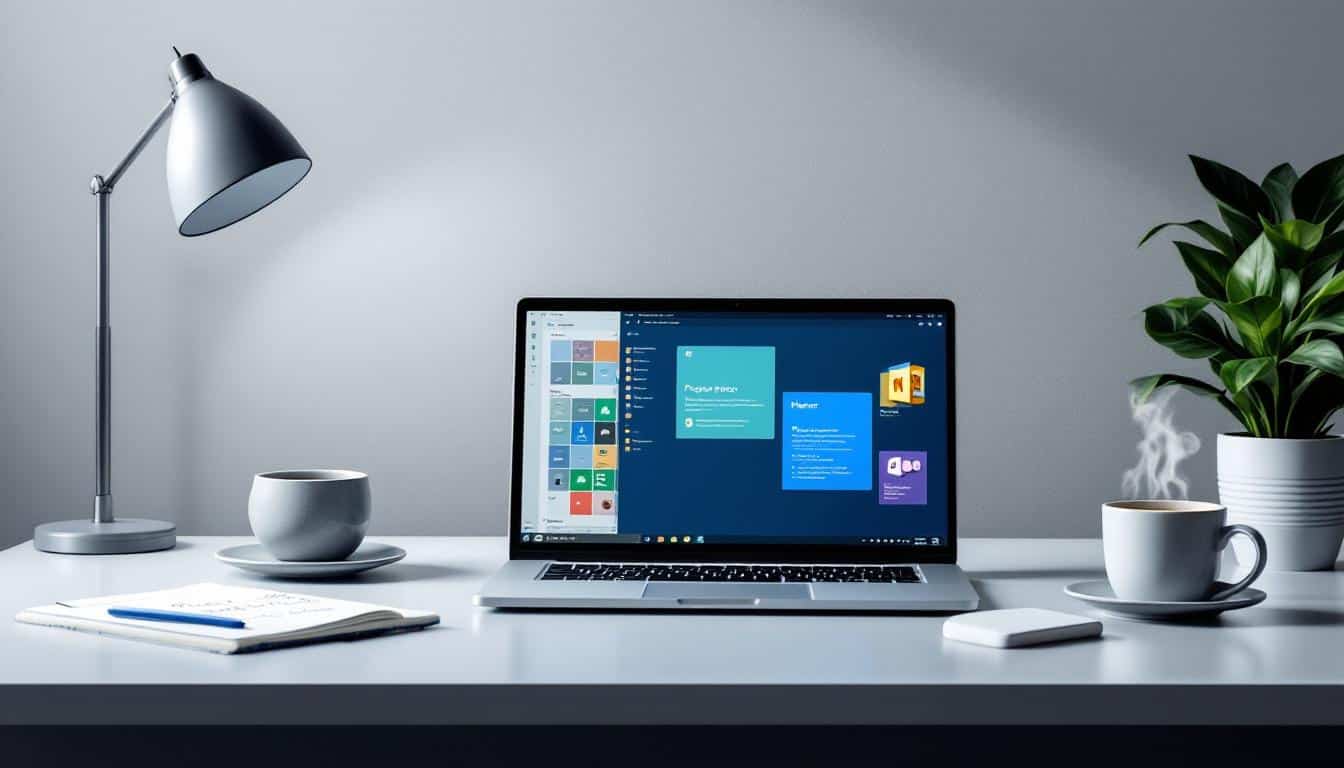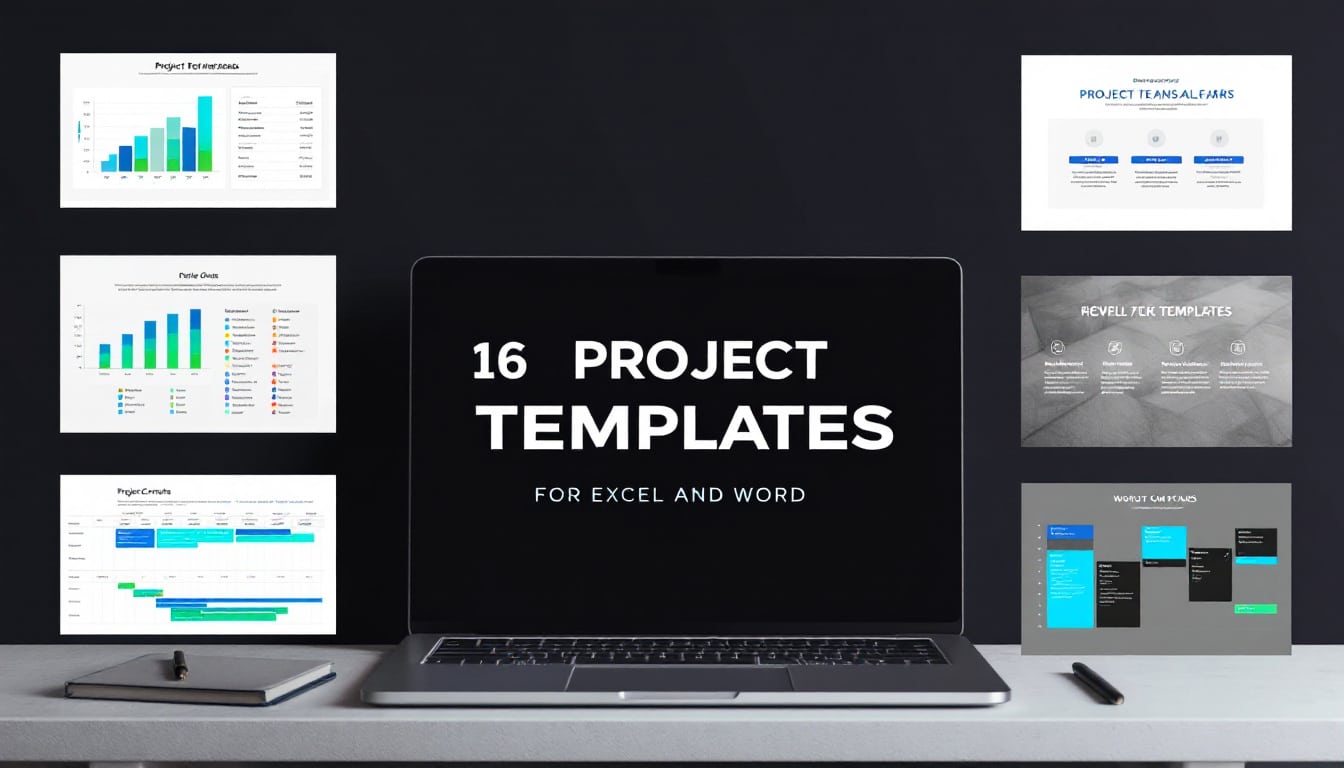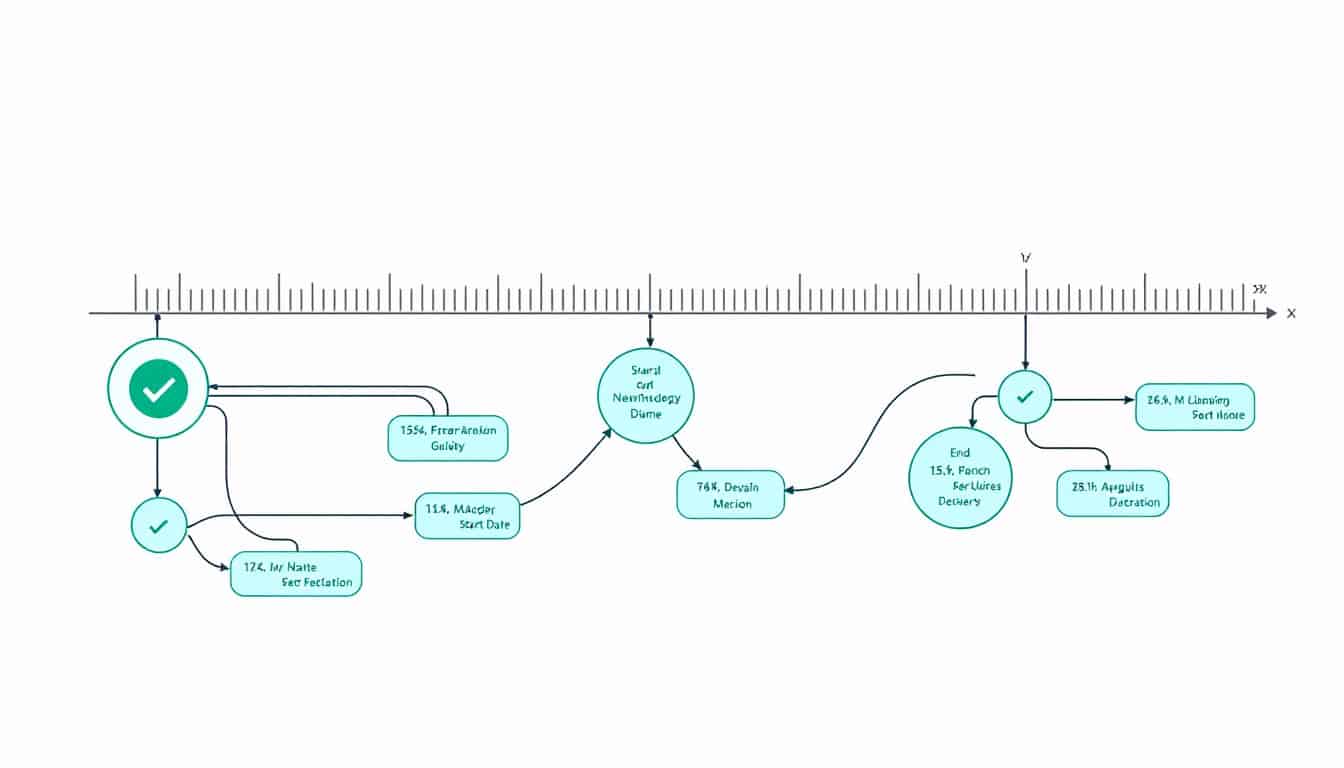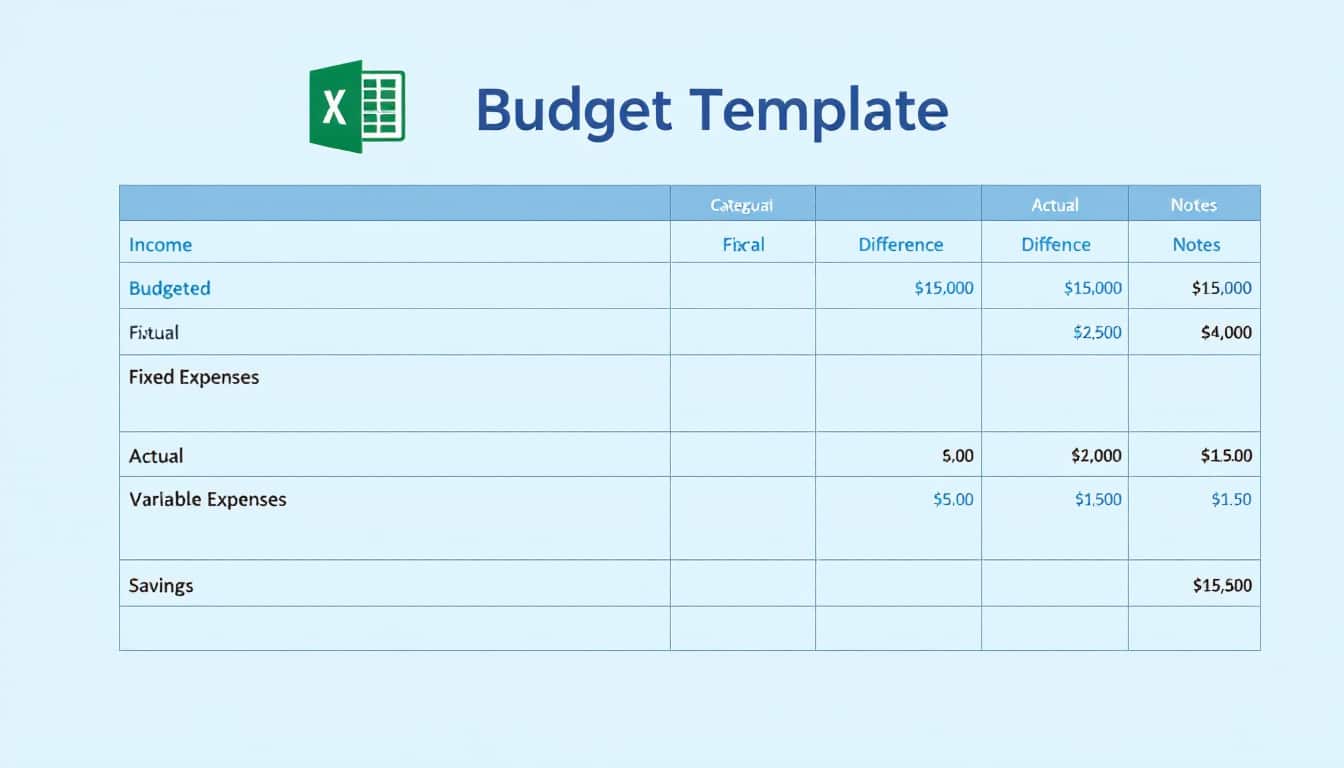PRINCE2 is an essential methodology for successful project management. By revolving around solid principles, it offers a clear and effective structure. Let’s discover together the key elements that make PRINCE2 a preferred choice for professionals.
Thanks to PRINCE2, every project benefits from rigorous organization, precise management, and constant control. Roles and responsibilities are clearly defined, ensuring smooth collaboration among all stakeholders. The method encourages meticulous planning, allowing for the anticipation of challenges and the adaptation of strategies accordingly. Furthermore, PRINCE2 emphasizes the continuous justification of projects, ensuring they remain aligned with the company’s objectives throughout their life cycle.
🔥 Nous recommandons Ideamap
Ideamap est l’outil idéal pour un brainstorming ou un projet collaboratif. Grâce son interface facile et à ses fonctions IA, Ideamap booste votre créativité tout en favorisant une meilleure organisation de vos idées pour atteindre vos objectifs.

“`html
The fundamentals of project boards in PRINCE2
As part of the PRINCE2 methodology, the project board plays a central role in the effective management of projects. This board is essential for structuring project governance by clearly defining the roles and responsibilities of each stakeholder involved. PRINCE2 relies on solid organization to ensure that all aspects of the project are covered and that stakeholders are aligned on common objectives. With this structure, projects benefit from rigorous management and constant control, thus facilitating the success of initiatives.
The PRINCE2 project board is designed to be adaptable to any type of project, whether small or large scale, and regardless of its environment. This flexibility allows organizations to customize the methodology according to their specific needs, thus optimizing the chances of success. Furthermore, the PRINCE2 approach emphasizes continuous adaptation, allowing teams to learn from past experiences and adjust processes accordingly.
To deepen the understanding of this methodology, it is recommended to consult supplementary resources such as the PRINCE2 6th edition guide or specialized articles on project management. These sources offer detailed perspectives and practical examples that enrich the implementation of PRINCE2 within organizations.
What are the main roles in a PRINCE2 project board?
The PRINCE2 project board defines three main roles: Sponsors, Users, and Suppliers. Each of these roles plays a crucial part in the success of the project by ensuring that objectives are achieved efficiently and effectively.
Sponsors are responsible for ensuring that the project delivers the expected return on investment. They ensure that the necessary resources are available and that the project remains aligned with the strategic objectives of the company. Sponsors also have the power to make key decisions and approve the main deliverables of the project.
Users are the end beneficiaries of the products or services created by the project. Their role is to define functional requirements and ensure that the deliverables meet operational needs. They are essential for providing continuous feedback and validating project outcomes.
Suppliers are responsible for developing the project products. They bring the technical expertise and the necessary resources to create the deliverables according to the specifications established by the Users and validated by the Sponsors. Close collaboration between Suppliers and other roles is essential to maintain the quality and timeline of the project.
Understanding and clearly defining these roles helps avoid conflicts and ensures that each team member knows exactly what is expected of them. To learn more about roles and responsibilities in PRINCE2, you can consult the practical guide on project management.
How are responsibilities distributed within the project board?
In PRINCE2, the distribution of responsibilities is structured to ensure clear and effective project management. Each role within the project board has specific tasks and defined levels of authority, allowing for a balanced workload distribution and smooth decision-making.
The Steering Committee is often made up of the project Sponsors and key decision-makers. This committee is responsible for overseeing the project at a strategic level, approving plans and budgets, and resolving major issues that may arise.
The Project Manager plays a central role in the daily management of the project. They are responsible for planning, executing, and monitoring project activities. The Project Manager coordinates the efforts of Users and Suppliers, ensuring that deadlines are met and that deliverables meet established quality criteria.
Stage Managers are responsible for managing the different phases of the project. They ensure that each phase is planned, executed, and closed properly before moving on to the next one. This stage-wise approach allows for monitoring project progress and adjusting strategies based on results obtained.
Finally, Project Teams are made up of members directly involved in carrying out tasks. Each member knows their responsibilities and contributes to achieving the project’s objectives. Clear communication and effective collaboration among the different teams are essential to maintain project cohesion and performance.
For a better distribution of responsibilities, it is possible to download free Excel dashboard templates, which facilitate the visualization and tracking of roles and responsibilities.
What are the interactions between project board members?
The interactions between PRINCE2 project board members are fundamental to ensuring fluid communication and effective collaboration. These interactions are governed by well-defined processes that facilitate the management of information, decision-making, and proactive problem-solving.
Regular meetings are organized to monitor project progress, discuss potential obstacles, and adjust plans if necessary. These meetings often include the Steering Committee, the Project Manager, and key responsible parties from different teams.
Documentation also plays a key role in the interactions. Progress reports, detailed project plans, and risk reports are regularly shared among project board members. This ensures that all actors have the necessary information to make informed decisions aligned with the project objectives.
The use of project management tools, such as project management charts, facilitates the visualization of progress and coordination of tasks. These tools allow for tracking deadlines, managing resources, and maintaining an overview of the project’s status.
Moreover, PRINCE2 encourages a culture of information sharing and feedback. This allows project board members to learn from past successes and failures, and continuously improve project management processes.
Effective communication among members not only helps prevent misunderstandings but also strengthens team cohesion and ensures that everyone is engaged in the success of the project.
Why is an effective project board crucial for project success?
A well-structured project board is essential for the success of any PRINCE2 project. It serves as an organizational framework that coordinates the efforts of various stakeholders, optimally manages resources, and ensures that objectives are met within the deadlines.
Clarity of roles and responsibilities: An effective project board clearly defines the roles and responsibilities of each member, avoiding overlaps and gaps in tasks. This clarity allows everyone to know exactly what is expected of them, thereby reducing the risks of confusion and inefficiency.
Risk management: By identifying and assigning specific responsibilities for risk management, the project board ensures responsiveness to unforeseen events. Risks are monitored continuously, and mitigation plans are put in place to minimize their impact.
Effective communication: A project board facilitates communication among different stakeholders by establishing clear channels of communication and defining necessary regular meetings and reports. Fluid communication is essential to maintain alignment of objectives and to quickly resolve any issues that may arise.
Monitoring and control: With an organized structure, the project board allows for rigorous monitoring of project progress. Performance indicators, milestones, and deadlines are clearly defined, enabling measurement of the effectiveness of the actions taken and adjusting strategies if necessary.
An effective project board also contributes to team motivation by providing a transparent working framework and recognizing individual and collective contributions. This enhances engagement and accountability, which is crucial for the overall success of the project.
To maximize the effectiveness of your project board, explore the keys to success in project management which offer practical advice and best practices for structuring your project governance.
How to adapt the PRINCE2 project board to your specific environment?
Flexibility is one of the major strengths of PRINCE2, allowing organizations to adapt the project board according to their specific environment. Whether your project evolves in a dynamic context or faces particular constraints, PRINCE2 provides the necessary tools for successful adaptation.
Environmental analysis: Before adapting the project board, it is essential to conduct a thorough analysis of the environment in which the project operates. This includes assessing available resources, organizational constraints, and specific sector requirements. A clear understanding of these elements allows for appropriate customization of roles and responsibilities.
Process customization: PRINCE2 offers a series of standardized processes that can be adapted according to the specific needs of the project. For example, stage management can be adjusted to better align with the developmental cycles specific to your organization. This customization ensures optimal alignment between the methodology and internal practices.
Training and awareness: To ensure successful adaptation, it is crucial to invest in training teams on the principles and processes of PRINCE2. A good understanding of the methodology facilitates the integration of roles and responsibilities within the project board while ensuring smooth adoption by team members.
Use of appropriate tools: The integration of suitable project management software can greatly facilitate the adaptation of the PRINCE2 project board. Tools like project management software allow for a clear visualization of roles and responsibilities, while offering tracking and reporting features tailored to your specific context.
Furthermore, adaptation of the project board should consider regular reviews of processes to ensure they remain aligned with project objectives and effectively respond to encountered challenges. This iterative approach helps maintain the relevance and efficiency of the project board throughout its life cycle.
To support this adaptation, resources such as dashboard templates can be used to customize tracking tools according to the specific needs of your project.














